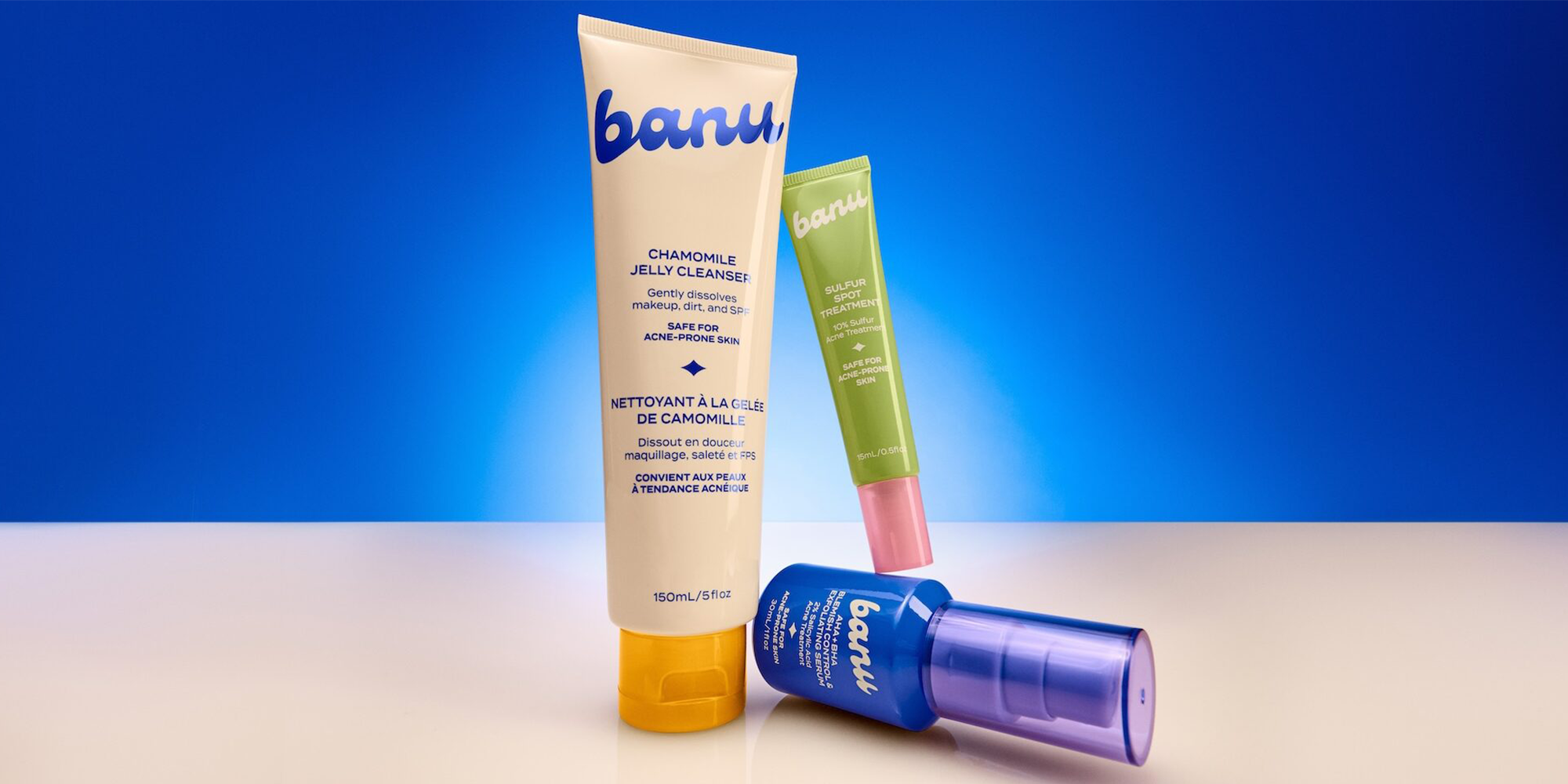Design and Validation of Hybrid Polymer‐Lipid Nanoparticles as Novel Transfection Vectors for MicroRNA Delivery to Human Cardiac Fibroblasts
Advanced Healthcare Materials, EarlyView.

Hybrid NPs are developed as efficient, scalable nanocarriers for in vitro microRNA delivery, ensuring high loading efficiency, controlled release, physiological and long-term storage stability. They outperform commercial lipid-based reagents in terms of transfection efficiency and biocompatibility. Hybrid NPs represent a promising platform for cardiac regenerative medicine, capable of inducing direct cell reprogramming.
Abstract
Hybrid polymer-lipid nanoparticles (hybrid NPs) are developed as novel in vitro transfection vectors for microRNAs (miRNAs) delivery to overcome the poor stability, incomplete loading efficiency and fast release kinetics of commercial transfection agents. Hybrid NPs with nanometric size are prepared by a scalable high-yield nanoprecipitation method. They consisted of a lipoplex core, composed of the cationic lipid [2-(2,3-didodecyloxypropyl)-hydroxyethyl] ammonium bromide (DE) and helper lipid dioleoyl phosphatidylethanolamine (DOPE), providing 99% miRNA loading, and a poly(lactic acid-co-glycolic acid) (PLGA) shell, ensuring NPs colloidal stability and controlled miRNA release kinetics. Adult human cardiac fibroblasts (AHCFs), transiently transfected with miR-1 loaded hybrid NPs versus RNAiMAX showed superior viability and higher miRNA content over 48 h. Hybrid NPs could be stored up to 14 days at −20 °C, upon freeze-drying with trehalose cryoprotectant (12% w/v), regaining their physicochemical and biological properties when redispersed. Hybrid NPs are assessed in a miRcombo model of fibroblast-to-cardiomyocyte reprogramming. At 15 days post-transfection with reprogramming miRNAs (miRcombo: miRs-1, 133, 208 and 499), cardiac troponin T marker expression is significantly increased at gene and protein level. These results pave the way to hybrid NP use as transfection vectors for the in vitro testing of miRNAs targeting AHCFs.
















































































































































